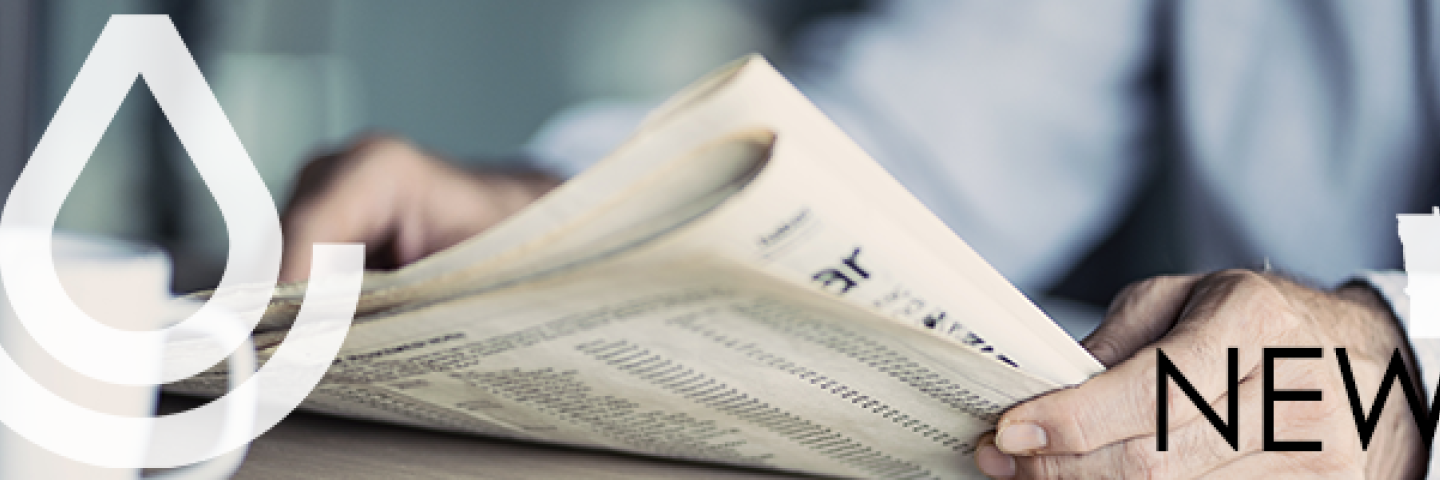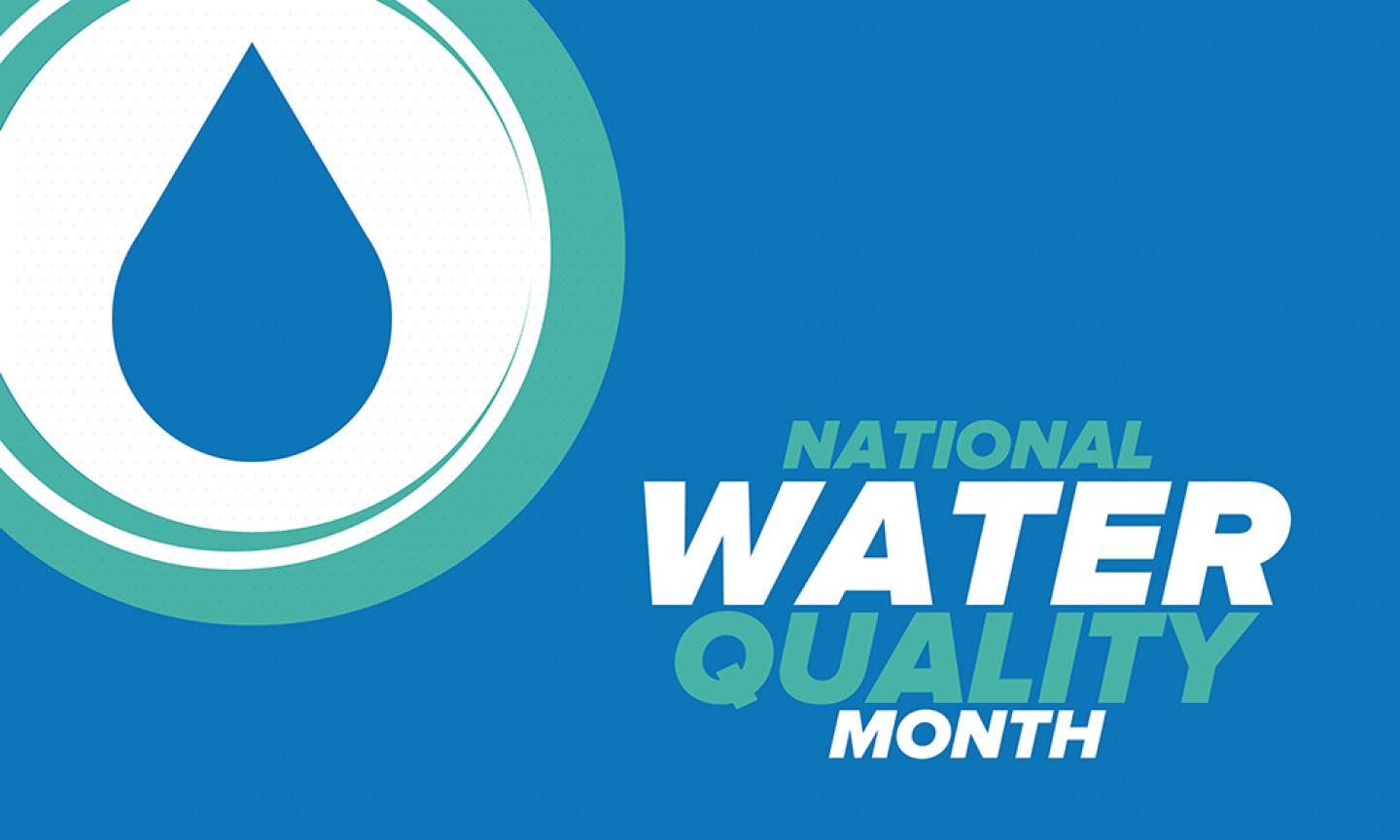National Water Quality Month

National Water Quality Month is aimed at making the most of the amount of fresh water we have in the United States.

SAINT PAUL, MINN, Aug. 11, 2022 - National Water Quality Month is celebrated in the month of August. It is aimed at making the most of the amount of fresh water we have in the United States. The ability to have clean water is vital to our health, national agricultural needs, and the environment. For more history on National Water Quality Month click here.
With 11,800 lakes, 69,000 miles of rivers and streams, and 10.6 million acres of wetland, water is a major part of Minnesota’s culture, economy and natural ecosystems.
The Nation’s freshwater supply, shaped by rainfall, snowmelt, runoff and infiltration, is distributed unevenly across the landscape, throughout the seasons, and from year to year. In many areas, concerns are growing about the adequacy of the available ground and surface water supply and the quality of the water to support intended uses.
Agricultural runoff can impact water quality, carrying potential pollutants into the Nation’s streams, lakes, ground water supplies, and estuaries. Nitrogen and phosphorus are the primary nutrients that contribute to agricultural nonpoint source pollution. With that in mind, NRCS in Minnesota works with farmers and ranchers to restore wetlands, plant grassed waterways, install bioreactors, and improve nutrient recycling.
Minnesota agricultural producers feed the world. All citizens working together can improve water quality and quantity levels while sustaining a healthy economic agricultural community in Minnesota. Three statewide plans have listed action items towards improving Minnesota Waters. Check out our Minnesota Water Resources page for more information.
- Minnesota Nitrogen Fertilizer Management Plan
- Source Water Protection and Wellhead Protection Plans
- Nutrient Reduction Strategy
In Minnesota, today nearly 6,000 bodies of water are considered impaired by one or more pollutant or stressor. While local governments and industrial sites have taken steps to improve water quality, managing pollution from stormwater and other forms of runoff has continued to be a challenge. Both public and private sectors can innovate to minimize impacts on water quality. These efforts are collectively referred to as green infrastructure or low impact development. Examples include:
- Planting native vegetative strips around impervious surfaces to capture the maximum amount of stormwater runoff
- Limiting impervious surface by narrowing roadways
- Introducing pervious surfaces and capturing water runoff on site
Minnesota NRCS is a leader in improving Minnesota’s water quality. Partnering with Minnesota Department of Agriculture, we have supported the Minnesota Agricultural Water Quality Certification Program (MAWQCP). More than 1,200 producers and 850,000 acres have been certified as using conservation practices to protect Minnesota’s lakes, rivers and streams.
The Minnesota Agricultural Water Quality Certification Program (MAWQCP) is a voluntary opportunity for farmers and agricultural landowners to take the lead in implementing conservation practices that protect our water. Those who implement and maintain approved farm management practices will be certified and in turn obtain regulatory certainty for a period of ten years.
Through this program, certified producers receive:
- Regulatory certainty: certified producers are deemed to be in compliance with any new water quality rules or laws during the period of certification
- Recognition: certified producers may use their status to promote their business as protective of water quality
- Priority for technical assistance: producers seeking certification can obtain specially designated technical and financial assistance to implement practices that promote water quality
Through this program, the public receives:
- Assurance that certified producers are using conservation practices to protect Minnesota’s lakes, rivers and streams
Visit the MAWQCP Story Map to meet some of the certified farmers from around the state who are working hard to protect and improve water quality in Minnesota.
Additional Resources
Minnesota Drinking Water Protection – Minnesota Department of Health
USGS Water-Quality Data for Minnesota
Water Quality – Minnesota Department of Natural Resources
Water Quality – Minnesota Department of Transportation Minnesota
Water Quality Standards – Minnesota Pollution Control Agency

